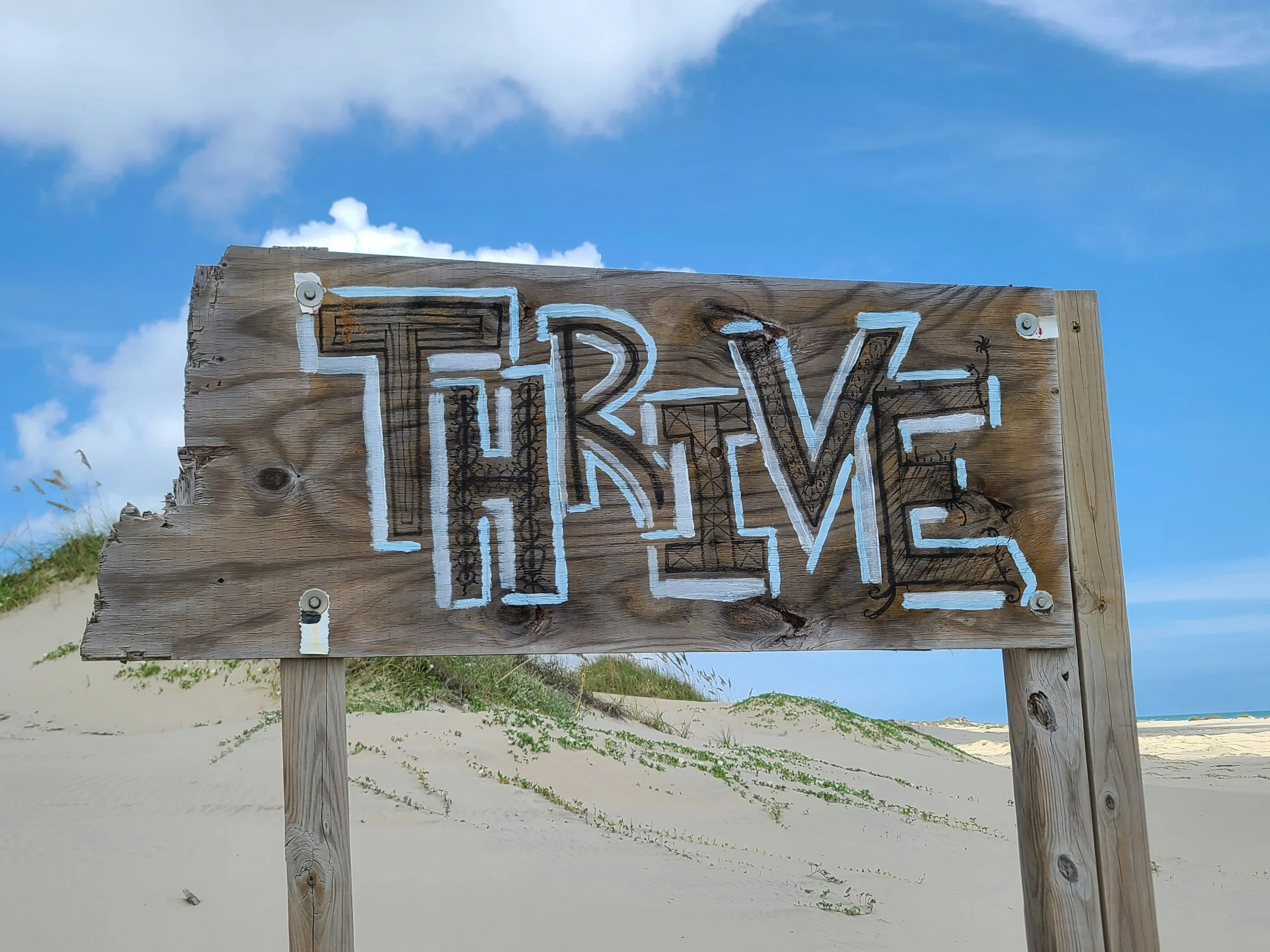Crafting a Creative Curriculum: The Art of Engaging Online Educational Content
Published 13 November 2024
(In Ep #0 of the Professionall Pathways Podcast | Cal’s Journey into Teacher Education)
“One of my favorite professional experiences was building an online elementary Spanish curriculum. I got to combine a lot of my interests and skills, like my creative brain. I made a commercial, and I hid Easter eggs in every story. All of the animals in the stories were endemic to the countries we were focusing on. Getting to talk to a bunch of people all around the world, to pull small bits of information from all of them, and getting to combine those all and synthesize them into a final product was so appealing to my artistic side, appealing to my program manager side…So many aspects of that job, of doing the behind the scenes work and getting to create really engaging educational content, I think was really solidifying for part of my professional identity, of what I wanted to do in my day to day.”
In an increasingly digital world, the role of online educational content has become indispensable. As educators, we have the unique opportunity to craft curricula that not only teach fundamental skills but also ignite curiosity and creativity. When a curriculum combines innovative pedagogy with rich cultural stories, it becomes a powerful tool for learning that is not just effective but also memorable.
The Power of Cultural Storytelling in Education
Cultural storytelling is one of the most compelling ways to engage students in online curricula. Stories have the power to transport learners to new worlds, foster empathy, and make abstract concepts tangible. Research shows that integrating storytelling into education enhances comprehension and retention by providing a narrative framework that students can connect with emotionally (Green & Brock, 2000).
For example, a Spanish curriculum might include folktales from countries like Colombia or Mexico, accompanied by lessons on regional wildlife, history, or traditions. By embedding language learning within the context of these rich cultural narratives, students gain not just linguistic skills but also a deeper appreciation for the cultures they are studying.
Creativity in Online Curriculum Design
Designing engaging online content is both an art and a science. Effective curricula appeal to diverse learning styles by incorporating multimedia elements such as videos, interactive exercises, and games. Creative elements, like the Easter eggs mentioned in the Spanish curriculum example, keep students curious and invested in their learning journey.
Moreover, educators can draw inspiration from global perspectives. Consulting with experts or collaborating with educators from different regions enriches the curriculum by integrating authentic voices and viewpoints. This approach ensures that cultural content is accurate, inclusive, and reflective of the communities it represents.
Leveraging Technology for Cultural Immersion
Technology offers unique opportunities to bring cultural immersion into the classroom. Virtual field trips, for instance, can transport students to iconic locations like Machu Picchu or Barcelona's Sagrada Família. Language apps with voice recognition software can simulate conversations with native speakers, helping students practice in realistic settings.
Research by Mayer (2009) emphasizes the importance of multimedia learning, showing that well-designed digital content enhances understanding by engaging multiple senses simultaneously. This principle can guide educators in creating curricula that are not only informative but also deeply engaging.
Building the Future of Online Education
Creating meaningful online educational content requires collaboration, creativity, and a commitment to cultural authenticity. As educators, we can think beyond traditional methods and embrace interdisciplinary approaches that combine storytelling, technology, and global perspectives.
Whether it’s through crafting interactive language lessons or designing curricula that celebrate the rich diversity of world cultures, our work has the potential to inspire and educate in profound ways. By engaging both the minds and hearts of our students, we prepare them not just for academic success but also for life as curious, empathetic global citizens.
The next time you design a lesson or curriculum, ask yourself: How can I make this content not only educational but also exciting and culturally enriching? The possibilities are endless, and the impact could last a lifetime.
Discussion Question
How can educators effectively integrate creative storytelling and cultural exploration into their curriculum across different subjects? Share your experiences or ideas for activities that encourage students to connect with diverse perspectives and express their creativity.
Related Posts
-
Green, M. C., & Brock, T. C. (2000). The role of transportation in the persuasiveness of public narratives. Journal of Personality and Social Psychology, 79(5), 701-721.
Mayer, R. E. (2009). Multimedia learning. Cambridge University Press.




